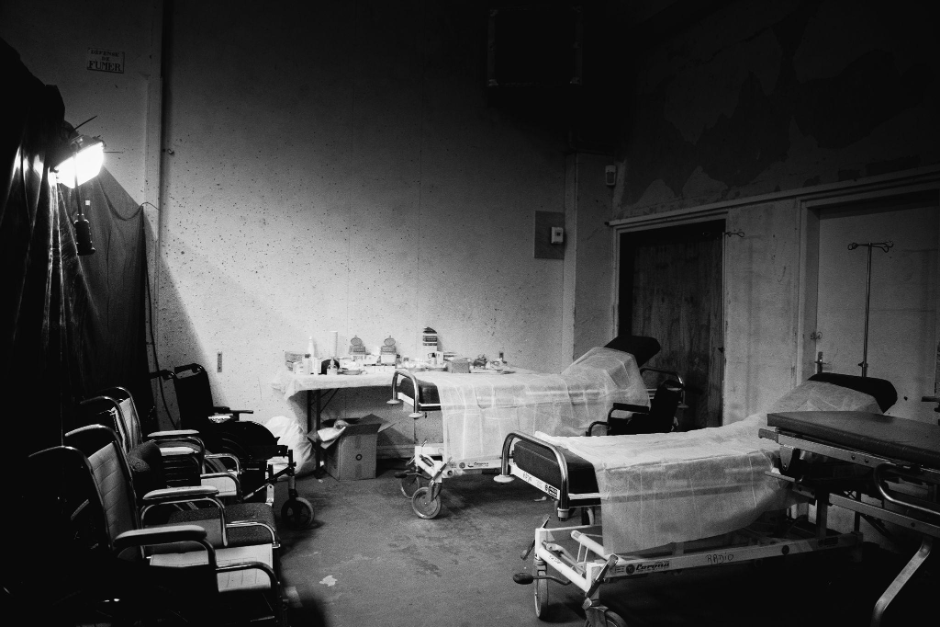You trust your doctor. You trust the hospital. You trust the system that’s supposed to heal you, not hurt you. But what happens when that trust is shattered? When a routine check-up turns into a missed diagnosis or a joyous delivery spirals into a life-altering trauma?
Medical mistakes don’t always come with dramatic music or obvious scars—they can be quiet, slow, and devastating. And far too often, patients are left questioning themselves instead of the people in charge. If you’ve ever walked out of a clinic thinking, “Something wasn’t right,” you’re not alone.
A medical malpractice law office exists for this exact reason: to help people like you get answers, accountability, and peace. Because when medicine fails, you deserve more than just an apology—you deserve justice.
1. Misdiagnosis: The Silent Killer
It starts with a cough. Then fatigue. Then, pain no one takes seriously.
Misdiagnosis isn’t rare—it’s alarmingly routine. Studies estimate that 1 in 10 diagnoses are wrong, delayed, or entirely missed. But it’s not just a stat. It’s a mother being told her chest pain is anxiety… until it’s a heart attack. A persistent cough could very easily be misdiagnosed with bronchitis, when it’s lung cancer.
Patients, especially women and people of color, are statistically more likely to be brushed off or misdiagnosed due to outdated biases in how symptoms “should” present. And things slip through the cracks when doctors rush appointments, averaging under 15 minutes. The cost? Time, health, sometimes lives.
Misdiagnosis isn’t just a mistake. It’s a betrayal of trust. And when preventable diseases escalate because no one listened? That’s malpractice.
2. Delivery Room Disasters: When Birth Becomes Trauma
For many, childbirth is supposed to be the most beautiful day of their lives. But for some families, it becomes the beginning of a nightmare they never saw coming.
Birth-related malpractice can include everything from failing to notice fetal distress to delaying an emergency C-section. The consequences are heartbreaking: babies suffering from cerebral palsy due to a lack of oxygen, or mothers experiencing life-threatening hemorrhages because no one acted quickly enough.
One of the most devastating truths? Many of these injuries are preventable. Some OBs oversee multiple deliveries at once, relying on overworked nurses to monitor signs. And when communication breaks down or staff are stretched too thin, it’s the mother and child who pay the price.
Medical malpractice in the delivery room doesn’t just leave scars—it alters the futures of families.

3. The Anesthesia Horror Stories You Never Hear
It’s every surgical patient’s worst fear: waking up but not being able to move. Feeling the scalpel without being able to scream.
Anesthesia errors, though rare, are among the most terrifying forms of malpractice. These include:
- Administering too much or too little medication,
- Ignoring allergies, or
- Failing to monitor vital signs while a patient is under anesthesia.
Some patients experience anesthesia awareness, a traumatic state of consciousness during surgery, fully aware but paralyzed and in pain.
Others never wake up.
What makes it worse? These errors are often brushed off as “known risks,” making it harder for victims to prove fault. But the reality is that even minor oversights—like missing a dose calculation or not checking oxygen levels—can have devastating consequences.
And patients deserve better than vague apologies and permanent trauma.
4. Unlicensed and Unqualified: The Fraud Behind the Mask
You walk into a clinic, trusting the person in the white coat knows what they’re doing. But what if they don’t?
There have been real cases of imposters posing as doctors, nurses practicing outside their licensed scope, and med spas offering procedures that require certifications they simply don’t have. Many have posed as physicians for years, treating patients and writing prescriptions without a medical license. Others operate under expired or revoked credentials, especially in loosely regulated private clinics.
And the worst part is that many patients don’t find out until it’s too late—after a botched surgery or a “routine” procedure gone wrong.
Medical malpractice isn’t always about licensed doctors making mistakes. Sometimes, it’s about people who should never have been allowed near a patient in the first place.

5. Bots and Bias: When AI Gets It Deadly Wrong
Artificial intelligence is revolutionizing healthcare—but it’s also quietly introducing new risks.
Imagine this: an AI tool designed to detect skin cancer misreads your lesion because the algorithm was trained on light-skinned patients. Or an automated triage chatbot flags your symptoms as “non-urgent” when your appendix is about to burst. These aren’t hypotheticals—they’re already happening.
The medical world is racing to implement AI for diagnostics, scheduling, and even treatment plans. But here’s the issue: algorithms learn from the data they’re fed. If that data is biased, incomplete, or doesn’t represent diverse populations, mistakes happen. And when clinicians rely too heavily on the AI’s recommendation, without questioning it, patients suffer.
The legal system hasn’t quite caught up. Can you sue a doctor for trusting the machine? What if the machine made the call? These blurred lines are the new frontier of malpractice, and patients are the ones caught in the middle.

Conclusion: When Systems Fail, Speak Up
Whether it’s a doctor too rushed to listen, an algorithm that overlooked a detail, or a nurse operating far beyond their qualifications, malpractice is more than negligence. It’s the human cost of a broken system.
Medical errors are now the third leading cause of death in the U.S.—yet so many people blame themselves when something feels wrong. They hesitate to ask questions, push for second opinions, or hold providers accountable.
You don’t have to accept harm as the price of treatment. If something feels off, speak up. Ask. Document. And if needed, fight back.
Because your health deserves more than silence. It deserves justice.

